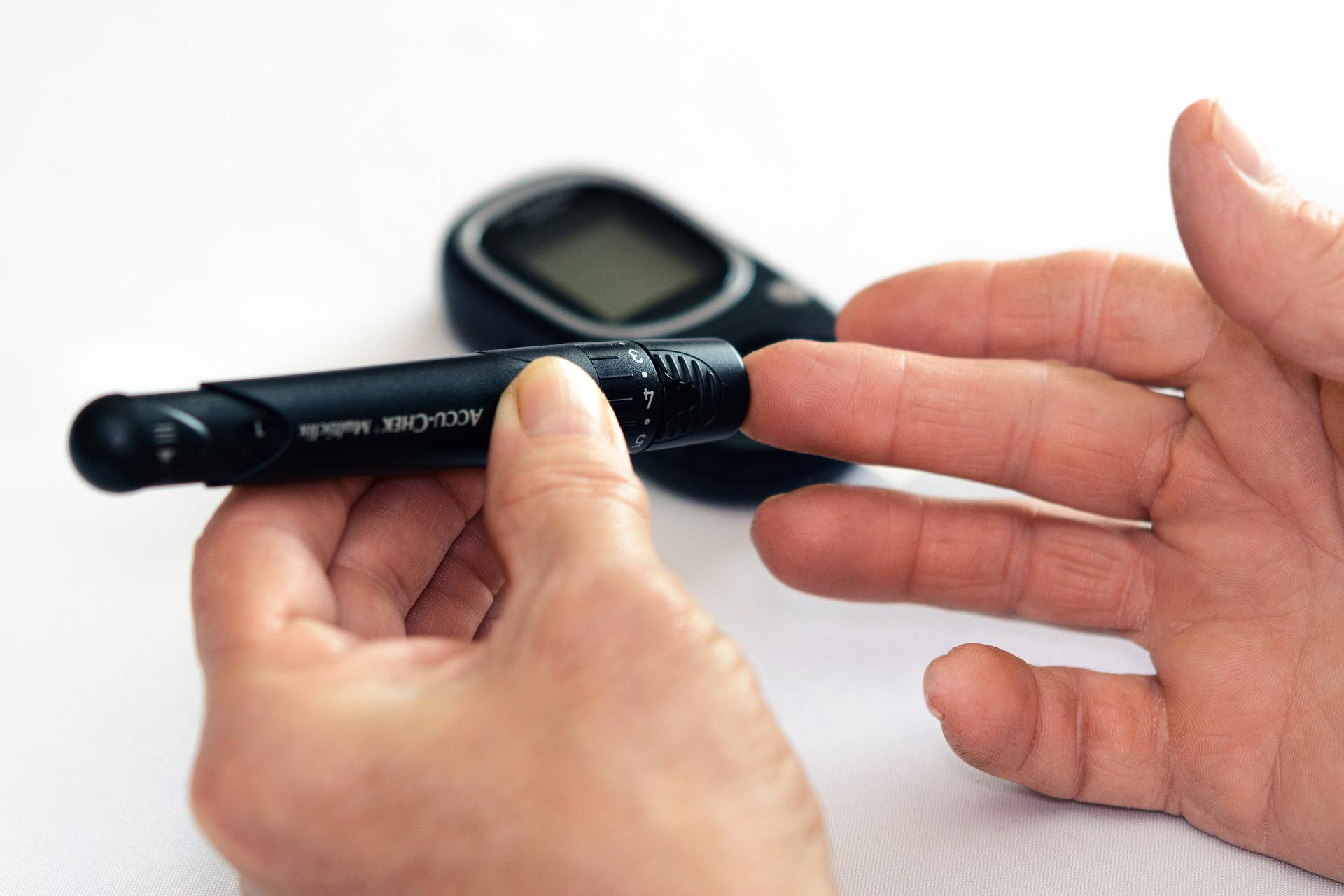Autoimmune diseases, where the body attacks itself, are a burden for those affected. Depending on which part of the body is attacked, the symptoms vary. If the joints are affected, it can result in rheumatism; if the intestines are affected, it can manifest as ulcerative colitis or Crohn’s disease. If the pancreas is targeted, it can lead to type 1 diabetes. Therefore, it is crucial to minimize the risk of developing these conditions. If you have already been diagnosed, it is of great value to minimize symptoms and the impact on your health since these diseases often lead to secondary conditions, reduced quality of life, and potentially a shorter life expectancy. Here’s where Red Light Therapy (RLT) is making strides!
Today, we know relatively little about the causes of autoimmune diseases. There is a genetic predisposition to developing these diseases, but generally, the link is weak. For many of these diseases, risk factors related to diet, exercise, stress, and other lifestyle factors have been identified. Research has also shown that the risk of developing these diseases depends on where you live geographically. Farther north and south of the equator, the risk increases, while around the equator, it’s virtually nonexistent for certain autoimmune diseases.
For example, the risk of developing multiple sclerosis (MS) is several times higher at our latitudes compared to around the equator. The same trend can be observed for Crohn’s disease, which affects the intestines, and type 1 diabetes. So, what does latitude have to do with it? One theory is that sunlight increases the production of vitamin D in the skin. Vitamin D has effects on the immune system, and it is known that sunlight exposure significantly affects vitamin D levels. However, recent research has shown that it’s not vitamin D responsible for these protective effects but rather the light itself.
Our bodies are susceptible to light, and the effect can be highly beneficial when the light frequencies and the amount of radiation are right. In our cells, we have several light-sensitive systems, including cytokrome C oxidase and light-sensitive calcium channels. When these are stimulated, we get anti-inflammatory effects and the body’s healing processes are activated.
Autoimmune diseases like psoriasis are often treated with light therapies, and health retreats with plenty of sunlight have been used as part of the treatment for a long time. The problem with natural sunlight is that excessive exposure to the high-energy ultraviolet rays can damage our skin, accelerate skin aging, and increase the risk of skin cancer. However, Swedish research has shown that even though the risk of skin cancer slightly increases with sun exposure, sunbathing actually reduces mortality. In other words, if you survive malignant melanoma, it’s beneficial to have had significant sun exposure. Moreover, not all light frequencies are equal in terms of penetrating the skin to activate the light-sensitive systems. This is because melanin, the skin pigment, and proteins in tissues absorb a lot of light.
Modern studies show that the most effective frequencies lie within the red and infrared light spectrum because they are not as strongly absorbed by the mentioned substances. Another significant advantage of these frequencies is that they don’t harm the skin or increase the risk of skin cancer. They are likely responsible for the sun’s healing and anti-inflammatory properties. RLT has also been shown to strengthen and optimize the immune system, which may be the strongest argument for treating individuals with autoimmune diseases. After all, it’s the immune system that has gone awry and caused the disease in the first place.
So, can light therapy reduce the risk of developing autoimmune diseases? We can’t say for sure today, but there is considerable evidence pointing in that direction, and more research is being published on the topic. There are undoubtedly interesting findings connecting light exposure to the risk of developing such diseases, and RLT also appears to alleviate symptoms with regular treatment. If you want to try this form of therapy, there are red and infrared lamps designed for home use. This type of light therapy is also associated with no side effects and is well-suited for self-care.
Pelle G. Lindqvist, Elisabeth Epstein, Mona Landin-Olsson. Sun Exposure – Hazards and Benefits. Anticancer Research April 2022, 42 (4), 1671-1677.
Author: Martin Brunnberg



